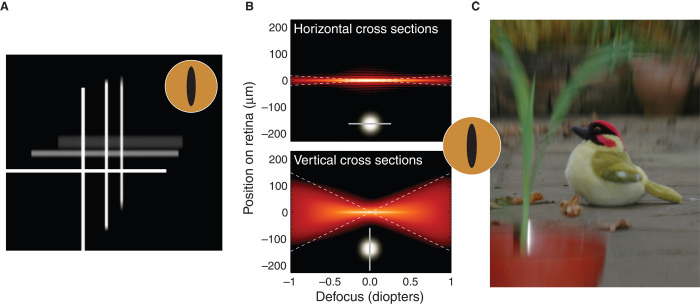Fig. 2. Image quality for different amounts of defocus and pupil shapes.
(A) Astigmatic depth of field with vertical-slit pupil (12 × 1.5 mm). Three crosses are presented at different distances (0D, 0.4D, and 0.8D). The camera is focused on the nearest cross, so the other two are farther than the focal plane. The vertical limbs of all three crosses are relatively sharp, whereas the horizontal limbs of the two farther crosses are quite blurred. (B) Horizontal and vertical cross sections of point spread functions (PSFs) as a function of focal distance for an eye with a vertical-slit pupil (12 × 1.5 mm). The object was white. The PSFs incorporate diffraction and chromatic aberration. Log intensity in the PSF is represented by brightness (brighter corresponding to higher amplitude). Intensities lower than 10−3 of the peak amplitude have been clipped. The upper panel shows horizontal cross sections (relevant for imaging vertical contours). The icon in the lower middle of the panel represents the cross sections by a nominal PSF with a horizontal cut through it. The lower panel shows vertical cross sections (for imaging horizontals). The icon in the lower middle of the panel represents those cross sections. The dashed white lines are from Eqs. 3 and 4 and show that the equations are a good approximation to the PSF cross sections. (C) Photograph of a depth-varying scene taken with a camera with a vertical-slit aperture. The camera was focused on the toy bird, so objects nearer and farther are blurred, but more vertically than horizontally because of the aperture elongation. Movie S2 shows PSF cross sections and the scene as the aperture rotates from vertical to horizontal and back to vertical.

